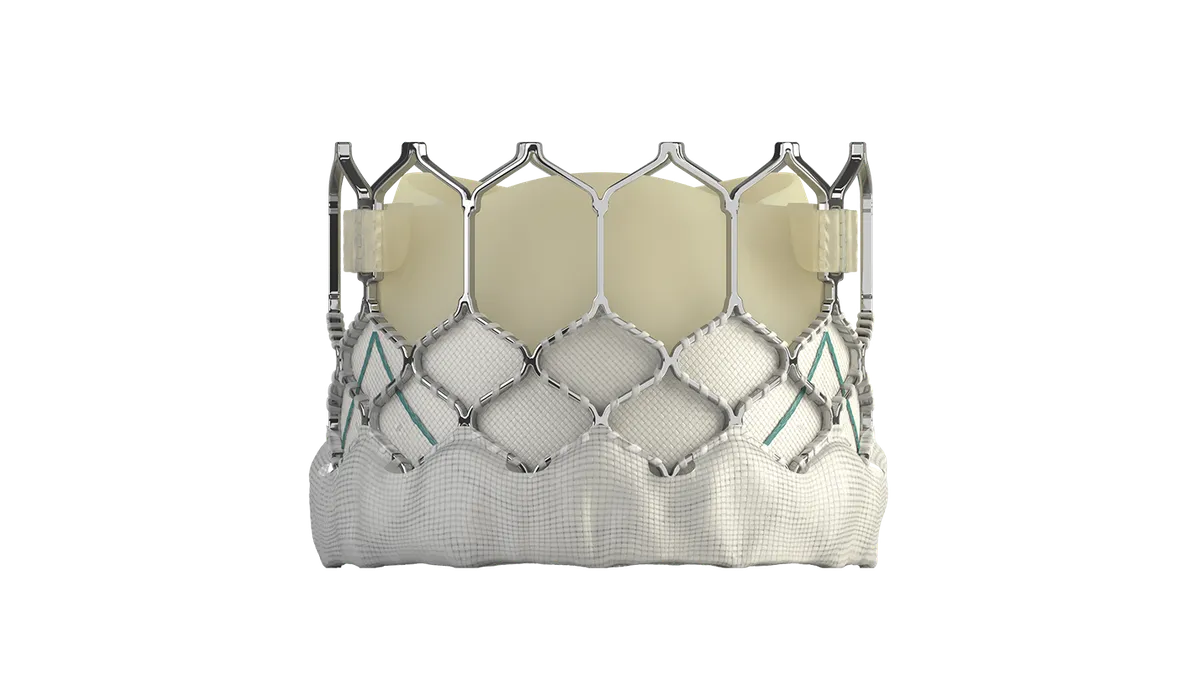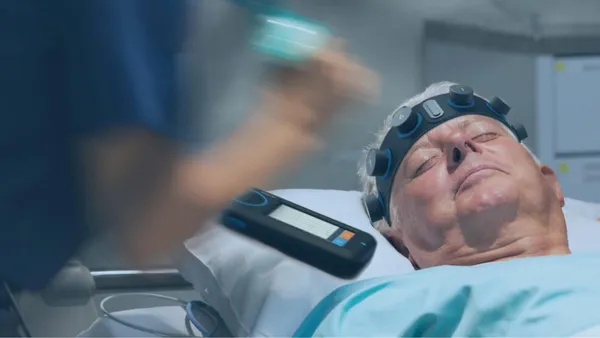Dive Brief:
-
Edwards Lifesciences' nearly 20% year-over-year revenue growth topped Wall Street's fourth quarter revenue expectations Thursday, shutting down reports of a recent slowdown in the transcatheter aortic valve replacement market.
-
Last week, analysts at Jefferies warned of “a sharp step down in December growth” of TAVR utilization seen in their purchasing model. Edwards, though, reported U.S. growth up 10 percentage points on the prior quarter in results posted Thursday. In a note following the earnings call, Jefferies said its tracker was off and called it "another shockingly good" quarter for Edwards.
-
Edwards thinks its performance is in line with the broader TAVR field, suggesting that growth of the market, more so than share gains, is behind the results.
Dive Insight:
Jefferies earlier said their model of TAVR use showed the U.S. market stalled last month, causing their growth forecast for the quarter to come in well below expectations at 21% to 23%. Analysts had expected growth of 25% to 26%.
Edwards blew all those numbers away on Thursday by reporting fourth quarter growth in U.S. TAVR procedures of 40%. The performance means TAVR growth accelerated over the last three months of the year, rising from 30% growth in the third quarter. Globally, underlying TAVR sales grew 30%. As Edwards sees it, the results reflect the overall growth of the TAVR market, not share gains.
“We believe that our growth was comparable to the growth that was going on in overall procedures. Now, there may have been changes in share position between our competitors, but we really don't have clear visibility to it,” Edwards CEO Mike Mussallem said on a conference call with analysts.
Mussallem’s belief that the U.S. TAVR market grew around 40% in the fourth quarter has implications for the prospects of Medtronic and Boston Scientific, respectively Edwards’ established and emerging challengers in the space. Abbott is also working to enter the U.S. TAVR market.
Edwards and Medtronic have driven the growth of the market, in part by generating clinical data on the effectiveness of their devices in low-risk patients. The market has also benefited from changes to a U.S. national coverage determination (NCD) that expanded the potential patient population. Mussallem sees both those changes, plus continued core growth, as driving the TAVR market in the fourth quarter.
“We saw [growth] across the board. We saw it in our large centers that were some of the very first partner centers from the beginning of TAVR all the way through to people that have started more recently. We think that it came across the risk spectrum and it wasn't just low risk patients coming into it, that indeed, it was patients of all risk profiles,” Mussallem said.
The question now is whether Edwards, and the broader TAVR market, can maintain the pace set by the explosive end to 2019. Mussallem expects Edwards to make a fast start to 2020 but warned growth will slow as the year progresses and the comparisons to 2019 become tougher.
In the longer term, Edwards sees scope under the current NCD for around 850 centers to offer TAVR, up from 700 today. While those new centers are one source of growth, an additional boost could come from extra capacity at existing sites. The upshot is analysts think the TAVR market can continue to grow.
“We believe this broad-based acceleration may well be due to the multi-pronged educational effort the company is newly investing in (patient education, improved diagnostics, and referral pathway) on top of 2019’s low-risk data," analysts at William Blair wrote in a note to investors. "Given the heavy spending that management highlighted on the quarter call, it suggests to us that there is a long runway from here for these investments."










